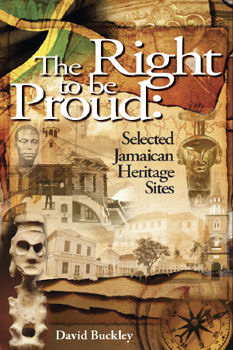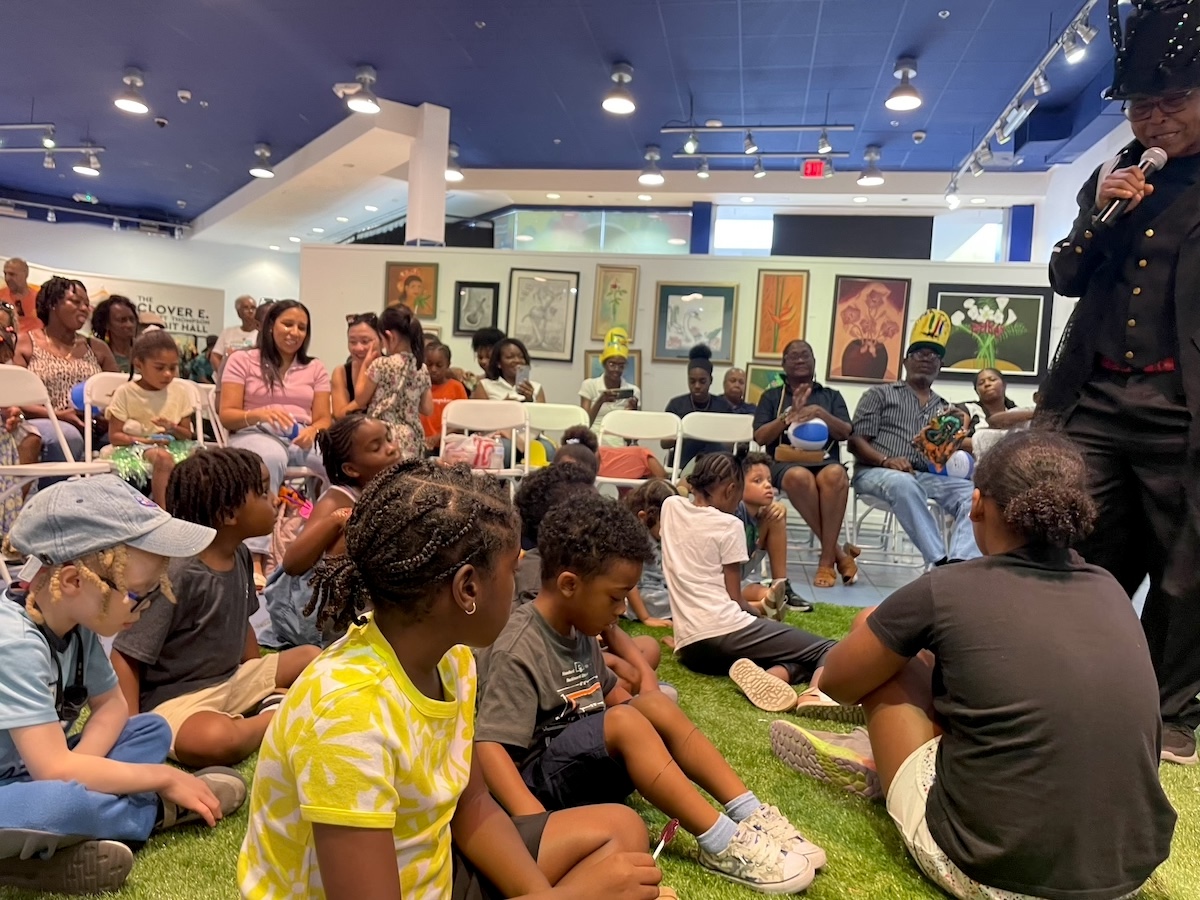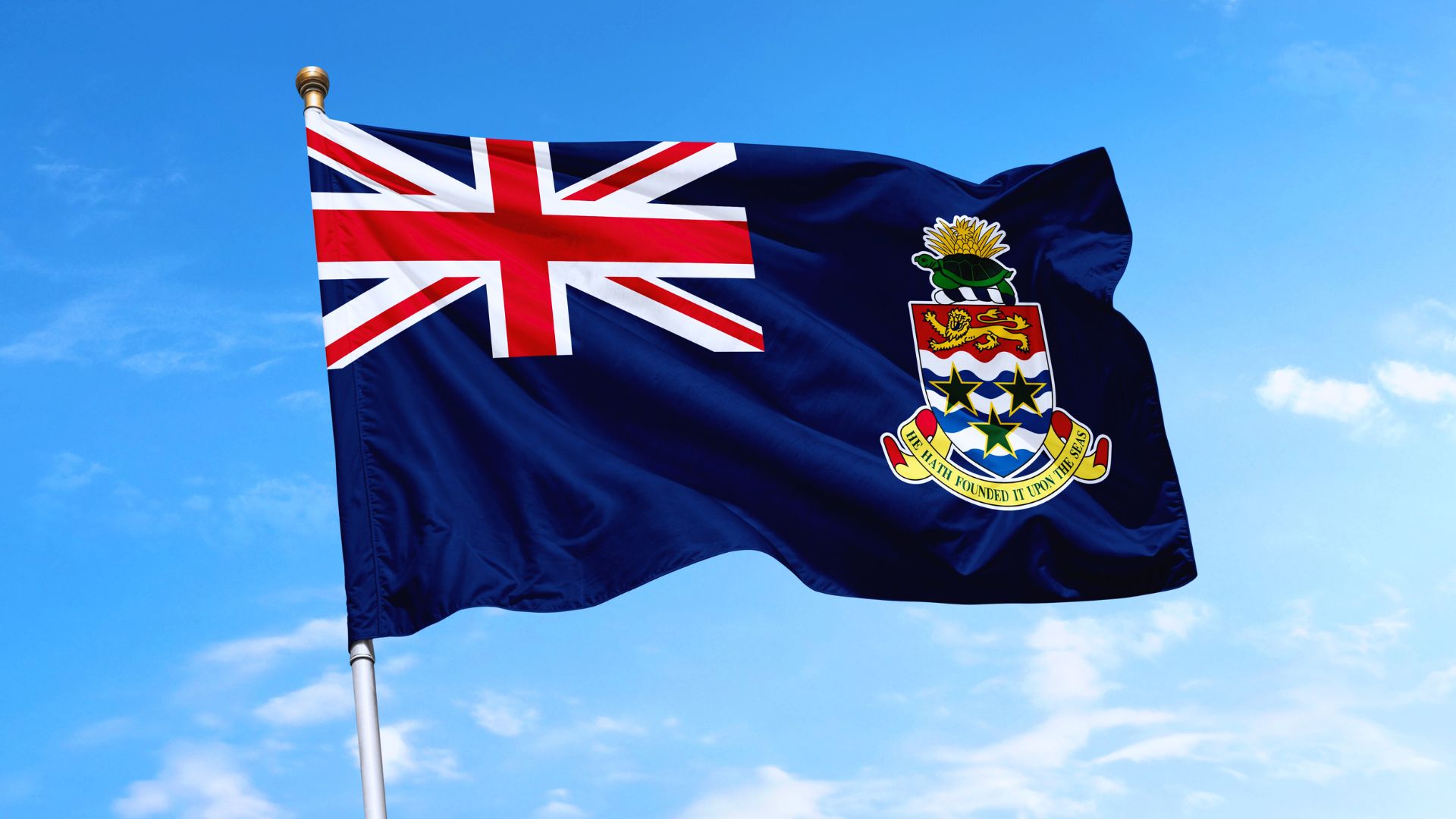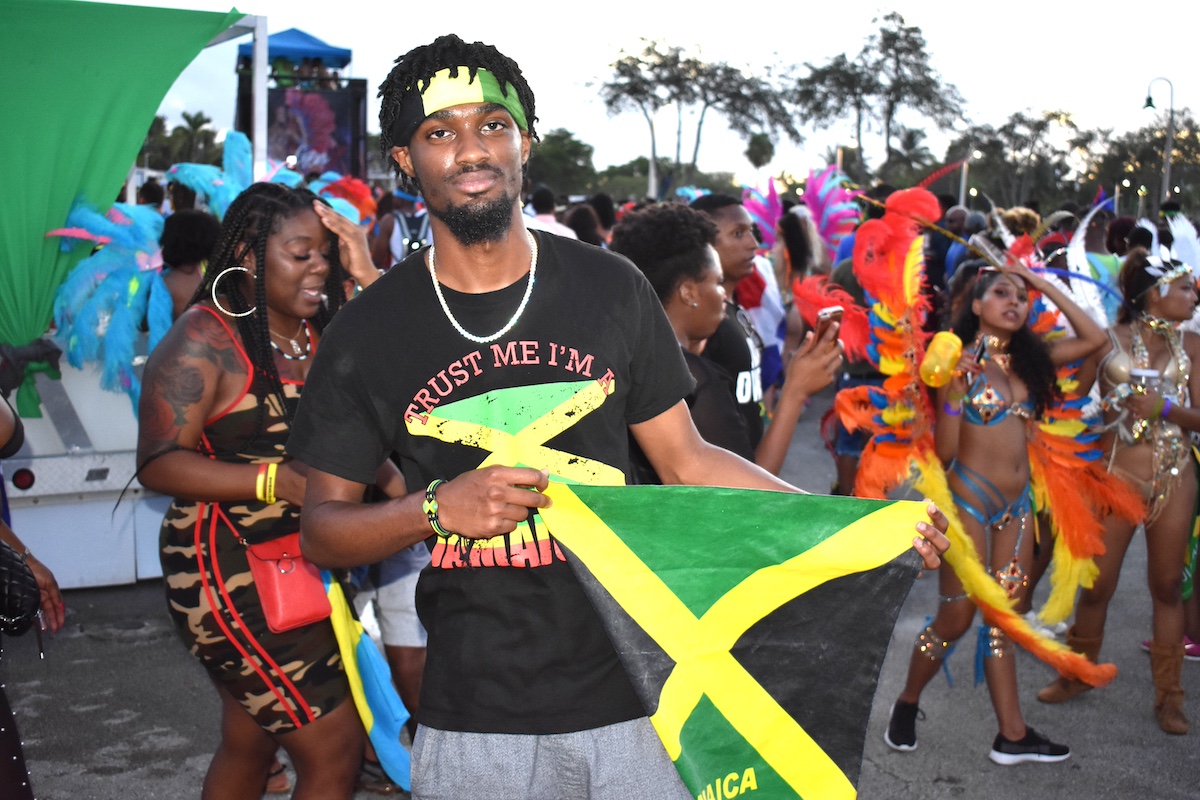Book Description
This little book published in 2005, is destined to be a run-a way best seller for it has potential in the local market as well as the overseas market. Preliminary response to the publication on the local scent has been excellent with individuals ordering multiple copies as gifts for friends and relatives and it has even been sent to each national UNESCO office by the local representative.
Book Review
This little book published in 2005, is destined to be a run-a way best seller for it has potential in the local market as well as the overseas market. Preliminary response to the publication on the local scent has been excellent with individuals ordering multiple copies as gifts for friends and relatives and it has even been sent to each national UNESCO office by the local representative. The initial print run of two thousand copies was sponsored by the CHASE fund and other copies now appearing in the bookshelves are under the authors’ sponsorship. David Buckley having titled the book The Right to be Proud has in fact done himself proud with the publication for it provides an excellent overview of Jamaica’s heritage sites with their historical meaning. It has attracted great interest in students who want to visit the sites and learn more about Jamaica’s history and geography and many business people have ordered quantities of the book. The author has used a wide variety of sources to compile the publication which will become an immediate reference source for local and visitor alike. The possibilities of its interest in the tourist sector are huge and as mentioned above the interest among children with its fine pictorial presentation make it a winner all round. All fourteen parishes are treated with a short narrative of the interesting sites and there are numerous photographs of excellent quality provided by Astley Chin and Heather Sutherland Wade whose firm is also responsible for the design and layout.
The book begins with the title Sugar and Slavery and briefly gives a contextual comment on this blot on the island’s history. Since many of the heritage sites have connections to slavery and the struggles of the slaves, the author quite naturally links many of these sites in the commentary. The back cover uses a set of — Did you Know… Questions, under the rubric of, Where: What: Who: When: and Why. (How — the last of these interrogative words was mysteriously left out!). The questions that are asked and others that an enterprising teacher could establish for an educational class would be an educational stimulus to a history or geography class. There are three foldout maps of the island that are marked with the sites that are mentioned in the text. The maps give easy pointers to where the sites are located in relation to main roads and therefore make the identification process quite easy. Some of the sites are easily accessible while others are more difficult to access. Where necessary the author describes those sites that are somewhat remote and less easily accessible. The numbers of sites mentioned on the three maps are noted below
- Western Jamaica: with the Parishes of, Hanover, Westmoreland, St Elizabeth, St James and Trelawny (shared with Central Jamaica) – 20 sites
- Central Jamaica: with the parishes of, Trelawny, Manchester, St. Ann, Clarendon and St Catherine – 23 sites
- Eastern Jamaica: with the parishes of, St. Mary, Portland, St. Thomas, St. Andrew and Kingston –17 sites
MAP. A SECTION OF EASTERN JAMAICA (page 58)
A total of some 60 main sites are noted on the three maps, but the narrative also includes many more closely related places of interest. A few examples from the book will whet the reader’s appetite.
For example, the chapter on Kingston describes its growth and development and its becoming the capital of the country. The central point of Kingston is the St. William Grant Park formerly known as the Parade and then afterwards the Victoria Park. The park is a significant focal point for it houses many historical buildings and statues. It is certainly worth a day’s outing to get the full insight of the park. There is the Ward Theatre to the North, Coke Methodist Chapel to the East, the Kingston Parish Church to the Southeast and to the North Liberty Hall, headquarters of the U.N.I.A. in Jamaica — the first meeting hall in Jamaica fully owned and operated by black people. The park also houses statues of National Heroes Alexander Bustamante and Norman Manley and Queen Victoria under whose reign Emancipation was granted.
PHOTOS OF SOME KINGSTON SITES
Near to the park on Duke Street are two other religious buildings, the Presbyterian Scots Kirk and the Synagogue of the United Congregation of Israelites, and Headquarters House, the former military headquarters for Jamaica and later on the Colonial Secretariat, the Legislative Council and the former House of Representatives with nearby Gordon House the present Houses of Parliament building.
Another fascinating section on St. Catherine deals with the Spanish Town Square, a part of the old capital with a great deal of history. A statue of Admiral George Rodney looks out over the Georgian Square one of the finest and most historic of the new world. There is the former House of Assembly, Courthouse and the old Kings House It was from the steps of this building that the Emancipation proclamation was read to the crowd packed into the square on August 1st. 1838.
St. Elizabeth though only given short treatment has some exciting sites. There is Accompong in the heart of the Maroon country with its vibrant and proud people. Lovers Leap with its tradition of the two young lovers leaping over the cliff to escape a lustful owner, YS falls and neighbouring Bamboo Avenue are near to the capital Black River with its proud history of being the first place to have electricity in Jamaica introduced by the Leyden family and a Leyden the first to own a motor car.
The examples given above are just snippets of the extensive discussion of the Heritage sites of Jamaica developed in such a small volume.
The book will make excellent presents for friends and family overseas. For visitors it will be a Godsend and a mine of information in one small and easily handled place. David Buckley must be commended on having produced a winner. The author has visions for a large print run and that vision would seem to be amply justified.
REVIEWED BY DR. ANGELA RAMSAY
Dr. Angela Ramsay is the Consultant Head of The LdM Learning Centre and the Consultant Head of the Centre for Occupational Safety and Health at Lascelles deMercado.
Dr. Ramsay (also known as Angela Burke Ramsay) is a Commonwealth Scholar who has worked as a management and education consultant in several countries. She has worked with UNESCO, UNICEF, The International Council of Adult Education, the Inter-American Development Bank, The International Labour Organization, and The Commonwealth Secretariat in London. Among her assignments during the past three and a half years is her completion of the first draft of the International Labour Organization’s HIV/AIDS policy for Educational Institutions in the Caribbean: she is also one of the architects of the Protocol for the Recruitment of Commonwealth teachers, and developed the guide for the Professional Development of Commonwealth teachers
Dr. Ramsay has authored and co-authored six books, including the first instructional book on HIV/AIDS in the English-speaking Caribbean: Her books are Community Development Strategies, published by the University of the West Indies. Adult Education in the Caribbean at the Turn of the Century is published by UNESCO (United Nations Educational, Scientific and Cultural Organization). The three books, Understanding HIV/AIDS and Drug Abuse, We Can Stop Violence and Help for Anxious People, are all published by UNESCO/Morton. The book, The Dilemma of Science, is co-authored with Dr. Arnoldo Ventura, Chairman of the United Nations Commission on Science and Technology. The book was launched at the Headquarters of the Organization of American States in Washington, and has received very positive reviews from three distinguished scientists, including Sir. Geoffrey Oldham.
Dr. Ramsay’s latest publication is a handbook entitled Good Practice in Achieving Universal Primary Education – published by the Commonwealth Secretariat, London in 2005. The book has received an excellent review from Dr. Margaret Simms of Escalade, an association of three British Universities.
Dr. Ramsay is a council member of the Farquharson Institute of Public Affairs. She is a Director of the Violence Prevention Alliance, Jamaica Chapter, which is affiliated with the World Health Organization. She is a Director of the newly formed National Resuscitation Council of Jamaica, the national accreditation body for all cardiac life support training centers.
Bio Of Author David Buckley
David Buckley comes to us from Mandeville, Jamaica in the month of October , 1941. At the tender age of 6, his family relocated to Kingston, Jamaica. There is begun his formal school at Suthermere Prep School, a private institution. His high school days were spent at the renowned Calabar High School, a Baptist school founded in early 20th Century. This is where is first love for writing was nurtured. He won several prizes for essay writing and history, including a British Commonwealth award. He developed a love of history while there and won scholarship to UCWI/London University. There, he obtained Bachelor of Arts (Honors) in history.
The early years of his professional life was dominated by teaching. He returned to his high school almameter for a brief stint. His adventure-some self had him undertaking a new career initiative. He became a Medical Representative for two major pharmaceutical companies, with the vast territory covering Jamaica, Cayman Islands, Bahamas and Bermuda.
The year, 1973 found him journeying to live in USA-New York, Los Angeles and Salem, Oregon. He came away with a deep respect for the constitution of the USA, and its driving work ethic. However, the longing for home brought him back in 1981, where he pursued a career in sales/marketing management positions before “retiring” in 1999. His current family consist of a daughter, Heather, and a granddaughter, Summer, who live in the cold country of North Dakota.
The inkling for “The Right to be Proud” came in 1997, but it was eight years later that all the elements came together to afford us this treasure. This is the first of many from a man with a keen sense of history and an engaging writing style. Expect many future blessings to pour from his able pen.






